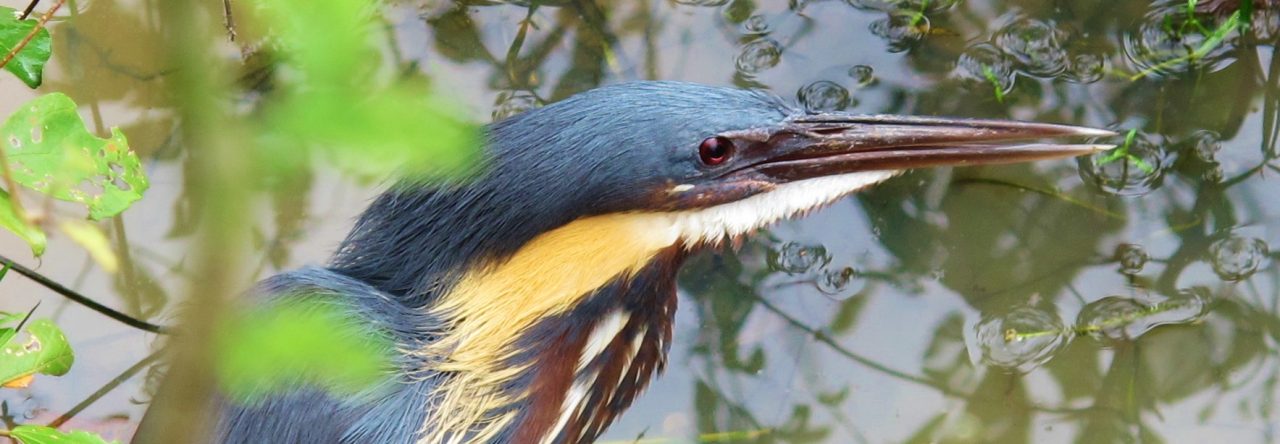
Returning to Taiwan felt like a homecoming. We never “clicked” with Vietnam, and for various reasons found ourselves drawn back to the eternally under-appreciated Beautiful Isle. We’ll be here until just before Christmas, meaning there should be plenty of time to get lots of birding done throughout the autumn migration period.
For now, however, it’s summer. In south Taiwan, that means constant very hot and humid weather, punctuated by the occasional craziness of a typhoon. The mountains can at least provide some respite from the heat, as well as a chance to get reacquainted with some of Taiwan’s endemic birds. Just a few days after we arrived, I took the first available opportunity to get up early and head out to my favorite highland location – Tengjhih National Forest.
Quite a high level of dedication is required to make the most of a trip like this in summer. First of all, getting there from Kaohsiung by scooter takes almost two hours, and seeing as it gets light shortly after 5.00am, a very early start is required. As it turned out, I didn’t leave the house until nearly 5, and after an obligatory coffee/breakfast stop at a 7-11, it was almost 7.30am by the time I arrived at the end of the mountain road at Tengjhih. A further ordeal awaits once the birding is over, as leaving Tengjhih at lunchtime means riding home through the lowlands in an inferno of 34C heat, blazing sunshine, and high humidity.
There are two main high-altitude areas one can visit at Tengjhih. The forest park itself has been closed since Typhoon Morakot devastated the area in 2009, meaning that the best areas here are still inaccessible. However, I’ve seen plenty of good birds in the past along the entrance trail, which starts shortly after the end of the paved road at Km 18 and runs for about a kilometer through excellent primary forest. This area was my first stop today, but being midsummer it was predictably quiet apart from the welcome appearance of a couple of local specialities – Yellow Tit, which is reliable at Tengjhih, and Rusty Laughingthrush.
A few kilometers back down the road, a network of mid-elevation walking trails can be accessed from the village. The habitat is somewhat fragmented here, but plenty of good birds are lurking including most of the expected mid-altitude species – although a visiting birder would be extremely fortunate to see them all on a single visit. Today I enjoyed the likes of Vivid Niltava and White-bellied Green Pigeon, and a lucky close-up view of a Black-necklaced Scimitar-Babbler through a gap in the dense scrub. The latter species is a fairly common Taiwan endemic but is a notorious skulker, so I was pleased to get it safely onto the year list on my first visit to the mountains.
With just 24 species recorded during my four-and-a-half hour visit, there wasn’t the variety one would expect here in winter, but there was enough bird activity to keep things interesting. Two Taiwanese mountain endemics that one can hardly miss here are Steere’s Liocichla and Taiwan Sibia, which are both attractive and abundant, while Rufous-faced Warbler, Rufous-capped Babbler and White-tailed Robin are all very common species which seem a lot easier to find on Taiwan than elsewhere.
A few notable birds joined the “heard-only” list for the day. Collared Owlet must surely hold the record for being the East Asian bird with the lowest seen-to-heard ratio, with Large Hawk-Cuckoo probably not far behind in the rankings. True to form, both of these species were vocal today but didn’t show themselves, despite (or perhaps because of?) a large crowd of photographers trying for the owlet along the road at Km 6. Further up, both Brownish-flanked Bush Warbler and Striated Prinia were singing at one of the landslide areas beyond Km 18, unfortunately a little too distantly down the slope for a realistic chance of seeing them.
2016 World Year Ticks: Rusty Laughingthrush, Steere’s Liocichla, Yellow Tit, Taiwan Sibia, Taiwan Yuhina, Black-necklaced Scimitar-Babbler, Morrison’s Fulvetta, White-bellied Green Pigeon, Vivid Niltava (total 775).
